The role of local authorities in managing exposure to electromagnetic fields
- 07/03/2023
- Environmental health, Exem, In my city, News
Sophie Mougenot, head of environmental studies in the environmental risk management and prevention department of Strasbourg’s Eurometropole, tells us about an agglomeration that has long been committed to preventing the risks associated with electromagnetic fields. A use case aimed at sharing good practice among local authorities in terms of managing exposure to electromagnetic fields, under the banner of transparency.
This commitment to citizens was first seen in the city of Strasbourg, which, following the Grenelle Environment Forum in 2009, set up a charter with the telephone operators present in its area. The charter has been in operation since 2012, and has recently been extended to 19 of the 33 voluntary municipalities in the Eurometropole.
Manage the installation of mobile phone base stations in the area
Although the State is responsible for authorising, controlling and monitoring the deployment and emissions of relay antennas, in particular the French National Frequencies Agency (ANFR) and the French Telecommunications Regulatory Authority (ARCEP), local authorities also have a role to play. It is for this reason that Strasbourg’s Eurometropole has committed itself to greater transparency on data relating to electromagnetic fields through a charter relating to the installation of mobile phone relay antennas.
“Regular meetings combined with the use of a digital modelling tool for electromagnetic fields using dedicated software (Geomod’s MithraREM) provide a forum for discussion with operators and elected representatives” explains Ms Mougenot.
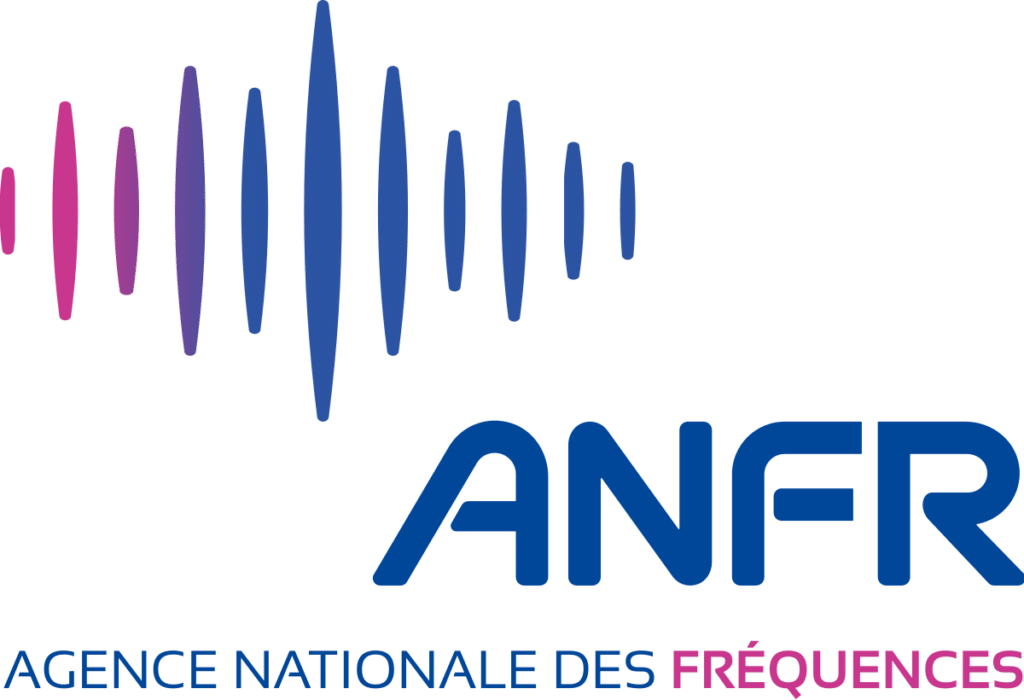
What is the relationship between local authorities and mobile phone operators?
Operators are obliged to inform the mayor of the municipality in which they intend to set up by sending them an information file (DIM). This file lists the technologies to be installed and their future location, in addition to other mandatory information. Without a charter, the role of the mayor of the municipality receiving the DIM is simply to inform citizens of the project.
“When an DIM is submitted, there may be a town planning issue if the operator has to build a pylon or submit a town planning application, because he is going to modify a roof. At that point, the mayor must once again take a position, but on the purely urban planning aspect. As far as the emission of electromagnetic fields is concerned, the mayor does not have much scope for action. The real authorisation for the operator comes from the ANFR”. according to Sophie Mougenot, who specialises in preventing exposure to the electromagnetic fields emitted by base stations.
However, Strasbourg Eurometropole has set up dialogue forums with operators thanks to its charter. Mobile phone operators can deposit DIMs in a dedicated area so that exposure to electromagnetic fields can be simulated using MithraREM software. The aim of these studies is to reveal the potential level of emissions before the base stations are actually installed. If exposure is too high, the operator will go back to the file and make a new proposal indicating changes: azimuths, powers, frequency bands, etc. in order to reduce the emissions observed during the simulation.
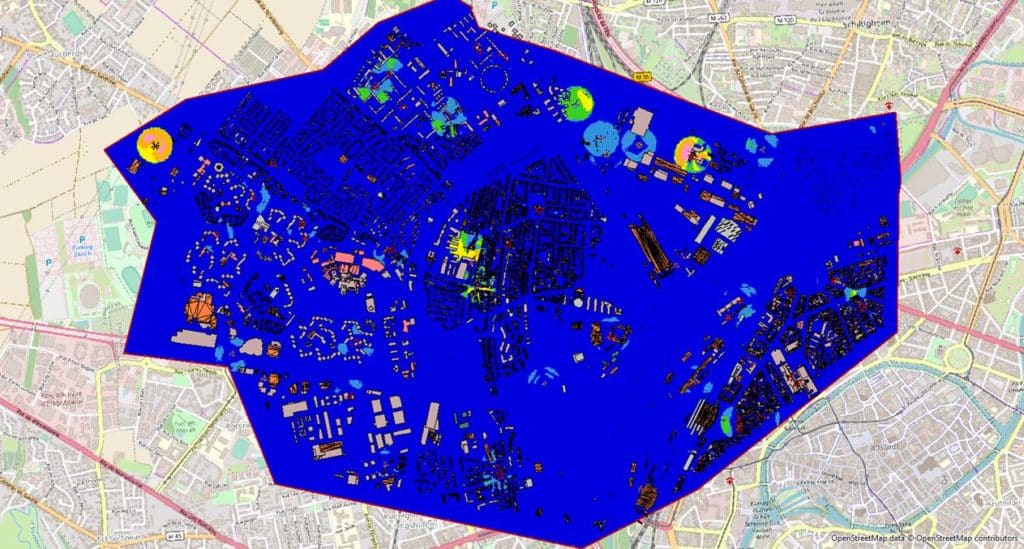
“After that, the dossier is submitted to our committees so that we can discuss the location. Elected representatives, operators and technical services are present. ANFR may also be present. Through this technical committee, the local authority will give its opinion on the project. This is an advisory opinion, because the operator is not bound by the mayor’s opinion, but we are fortunate to have cooperative operators who will try to resolve the problems. There’s a real dialogue going on.” explains Mrs Mougenot.
Citizens' conferences at the heart of the strategy
The history of the charter, which goes back a long way, shows that Strasbourg has long been committed to managing exposure to electromagnetic fields. Although this is not a matter for local authorities, citizens have always been able to turn to their elected representatives for answers. The deployment of 5G within its territory has been a new trigger for the players in Strasbourg’s Eurometropole. At the end of 2020 – beginning of 2021, the new municipal and metropolitan team decided to launch a citizens’ conference, the first topic of which would be the deployment of 5G and digital uses.
The aim of this action was to sound out, once again, the expectations of citizens in terms of managing exposure to electromagnetic fields, and in particular to address the issues of transparency and data collection. Data in the hands of the local authority (reference tools or documents, base stations and technologies in place, etc.)..). “This citizens’ conference has made it possible to extend the charter, which until now had been implemented at Strasbourg city council level, to a larger area, and also to review its procedures. confirms Mrs Mougenot.
What practical steps can be taken following a citizens' conference?
In order to supplement the data derived from the digital modelling already in place, and also to verify them on the ground, it was decided, still within the framework of the charter, that electromagnetic field measurement campaigns would be carried out. The aim was to survey all the buildings referred to as “special” in the Abeille law. These are establishments that receive children and vulnerable members of the public: schools, secondary schools, early childhood establishments and care establishments.
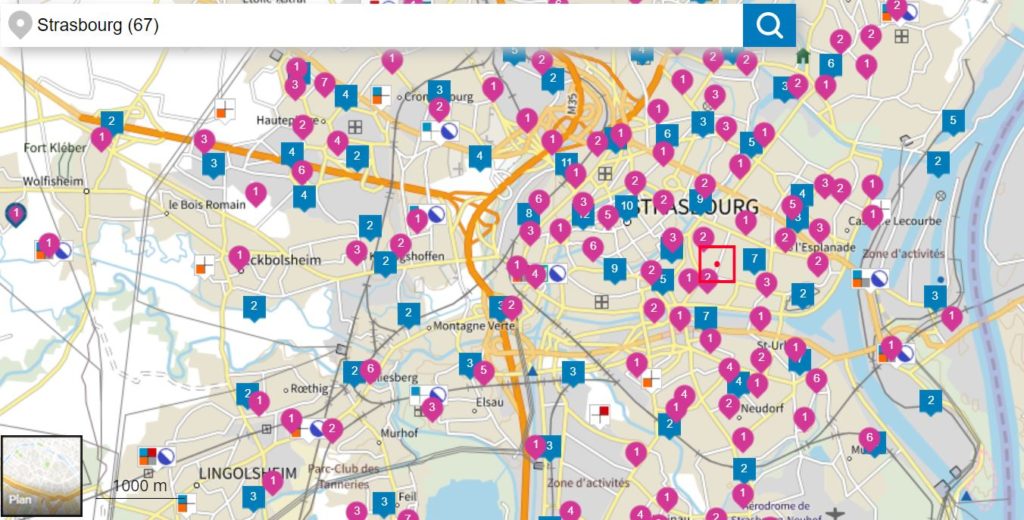
“We began in 2022 with primary schools in several municipalities in the Eurometropole that have signed up the charter. We will continue with the early childhood establishments and finally measure all the special establishments. Once the measurements have been taken by EXEM, reports from these various measurement points are published as open data on the ANFR –Cartoradio– website, as well as on our own websites,” says Sophie Mougenot.
At the same time, and in addition to the measurement campaigns, Strasbourg Eurometropole has decided to turn to the EMF Observatory for precise real-time measurements of exposure to electromagnetic fields. “This tool also meets our expectations in terms of transparency, as the data collected is made available via a web interface that is accessible to everyone,” emphasises Ms Mougenot.
The EMF Observatory for managing exposure to continuous electromagnetic fields
In partnership with Exem, creators of the EMF Observatory solution, the Eurometropole has carried out a study of its territory in order to define the most appropriate locations for these continuous electromagnetic field measurement sensors. The locations of antennas (5G) and the presence of specific establishments (schools, nurseries, hospitals, etc.) have therefore been taken into account for the deployment.
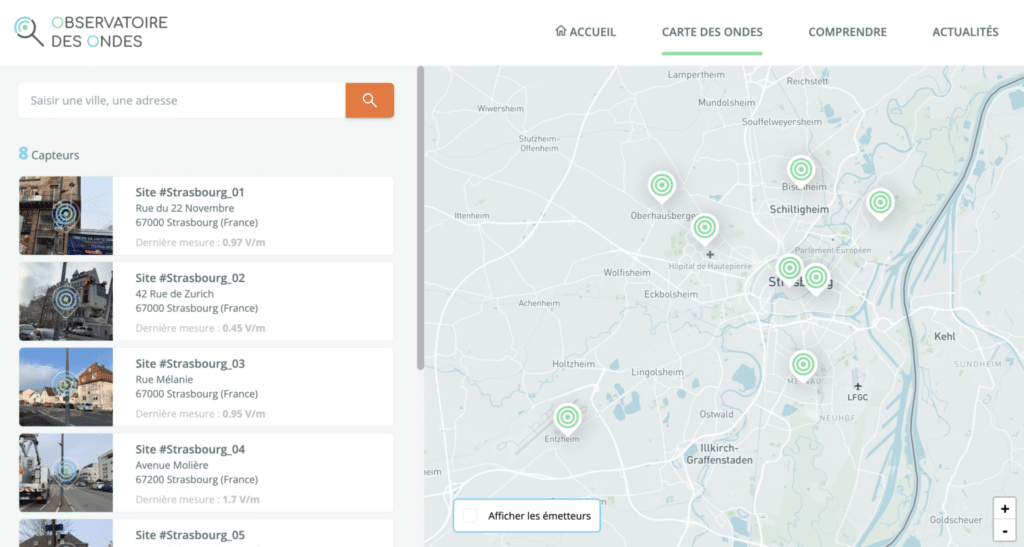
“The use of 5G is not yet at its peak, so we know that changes in exposure levels may be observed once 5G is fully deployed across the country. Thanks to the measurements recorded by the Electromagnetic Field Observatory sensors, we will be able to monitor this potential change. The solution is especially interesting because we can already see differences in emissions linked to traffic, particularly between night and day. It really is a complementary tool to those already in place.” assures Mrs Mougenot.
In addition to real-time measurements, the EMF Observatory provides a national overview of levels of exposure to electromagnetic fields: “This allows us to participate and volunteer for a larger-scale initiative. We are convinced that observing Strasbourg’s Eurometropole is a good thing. It also enables us to collect more data and cross-reference it with our digital modelling tool to obtain more reliable forecasts.”. The advantages of the solution are numerous: “Anyone can consult the results of measurements taken in an area close to them, or not, at any time. It’s a very interesting and reassuring aspect for the general public,” says Ms Mougenot.
Communication, the key to commitment and transparency
It may seem legitimate to ask how Strasbourg’s Eurometropolis communicates with its citizens about its initiatives in terms of commitment, transparency and management of exposure to electromagnetic fields… It should be noted that before the charter was reissued, the citizens of Strasbourg were informed each year of the minutes of the meetings with the operators. Personalised answers were also given to each citizen, thanks in particular to the MithraRem software.
Since the charter was updated, the watchword has been transparency, not only in terms of data but also in terms of all the initiatives undertaken in the area: “There are no secrets about base stations”, confirms Sophie Mougenot. This transparency is achieved through communication tools such as dedicated web pages on the Strasbourg Eurometropole’s responsible digital websitewith, among others, an entire page dedicated to the charter, publication of information leaflets, publications on social networks, and the provision information files (DIM). Radio, local press and even television were also canvassed when the new charter was launched.
The tools deployed in the region are also communication vectors. This is the case for the EMF Observatory, for example, which makes all the measurements taken in France available via its website www.observatoiredesondes.com. The local authority has also created a map of antennas, similar to Cartoradio.
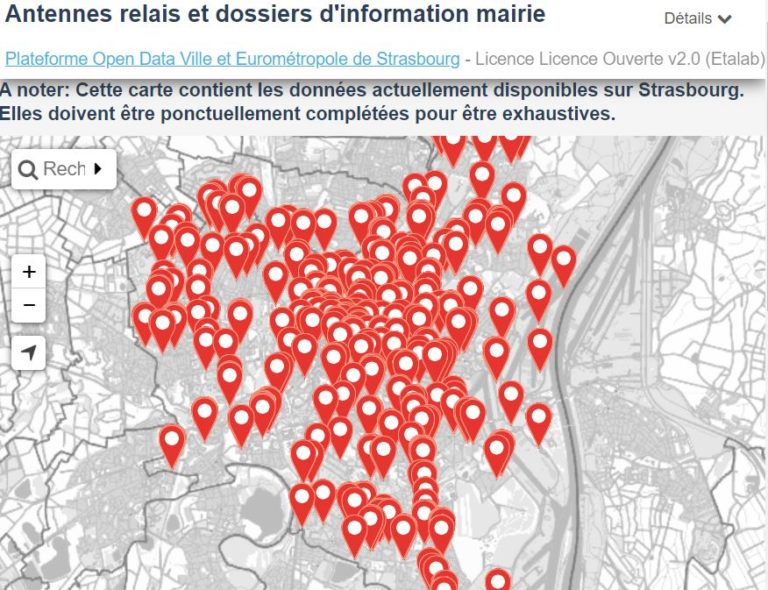
“We have not yet reached the stage where we are publishing newsletters, but we are making all the information and work we are carrying out available to the public on the website, while making it easy for residents to understand. As far as the sensors are concerned, we relay the link to the EMF Observatory and review the measurements with our associative college and our volunteer citizens during annual meetings. It’s our way of showing how exposure to electromagnetic fields is managed“. says Mrs Mougenot.
The future of management for exposure to electromagnetic fields
Strasbourg’s Eurometropole has noted the high expectations of its citizens. In fact, they would like to go further in terms of transparency by having access to the digital modelling during the meeting reviews. However, to date there has been no mapping of exposure to electromagnetic fields in the same way as for air quality or noise. According to Ms Mougenot, “Technically, we could use MithraRem to do this. However, there are a number of precautions to be taken, as these are simulations based on theoretical calculations. We need to be sure of what we’re communicating, so it’s premature at this stage. Is it up to the Eurometropole to be a forerunner on an issue like this? The idea would be to work with ANFR and make our data available.”
Mapping electromagnetic field exposure in local areas
The two tools used by Strasbourg’s Eurometropole, MithraRem and the EMF Observatory, could well meet the expectations of citizens. It was in response to these issues that the two players, already aware of the challenges, announced their partnership last September. Based on the observation that each of the proposed technologies (forecasting and measurement) needs the other to improve, this partnership aims to validate forecasting models using measurements. The forecast can also be used to assess exposure levels in areas not covered by sensors.

The aim of this partnership is to provide answers to people’s questions about their exposure to electromagnetic fields and to anticipate the increasing power of telecoms networks. It should give rise to a new joint tool bringing together all the features and benefits of the offer.
Conclusion
Good student or trailblazer? It has to be said that Strasbourg’s Eurometropole is an example to follow in terms of managing exposure to electromagnetic fields. The best practices described in this report may well inspire other local authorities… In the meantime, Mrs Mougenot seems to be satisfied with the tools deployed in her area, as she explains “What’s practical for local authorities is that the EMF Observatory is an existing platform, it’s easy to get on board with the service and you get the results quickly. The service is comprehensive, which is very easy, even if you can’t devote a lot of resources to it.”


